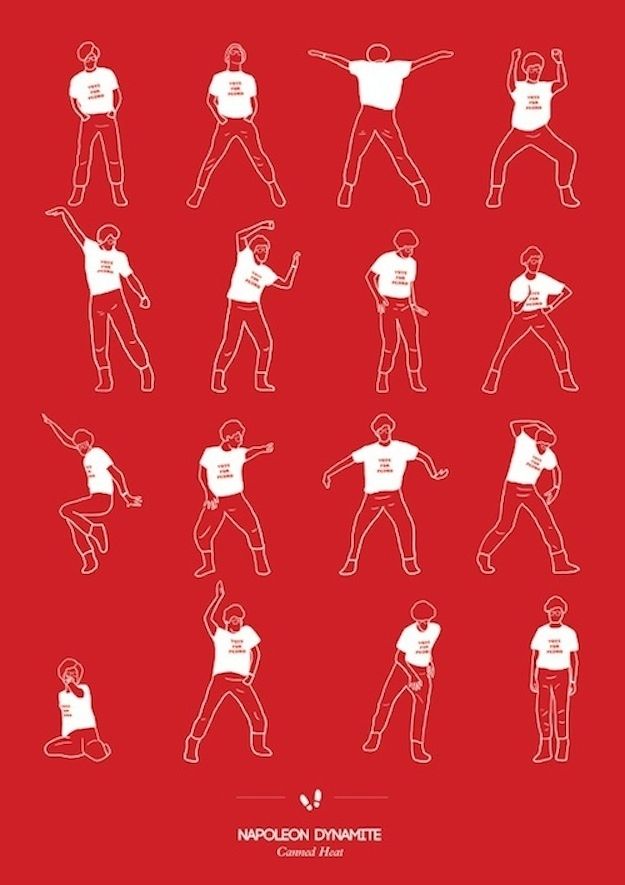How to start a dance company
A Guide to Running Your Own Company
Are you too busy juggling technique classes and rehearsals to learn how to write a successful press release? Do you feel so consumed with choreographing your next piece that you can’t find time to file for nonprofit status? Unfortunately, few dancers formally learn the business side of running a company. No worries—we’ve created a cheat sheet to get you started. When running a company, you will need to know how to…
Find dancers
Holding an audition can be overwhelming. Avoid the stress by asking friends who are dancers to be in your company. But make sure the partnership makes sense both personally and artistically. “It’s very important to work with people you really admire,” says Karola Lüttringhaus, artistic director of alban elved dance company/KAROLA LÜTTRINGHAUS, based in Berlin, NYC and North Carolina. “It’s not enough to just work with someone who’s great.”
If you must recruit dancers outside of your personal network, consider approaching dancers you see in class. “Just walk on up to them and let them know you want to work with them. They’ll most likely be delighted,” says Pele Bauch, manager of program operations at The Field, a service organization for independent artists, in NYC. Another good idea: Hold a limited audition. Open it up to just 15 friends of friends. Send an e-mail asking for recommendations and then set a date and time. Keep it low key. You can even have a few days of classes and auditions so people can get to know each other and see if your company is the right fit.
Find rehearsal space
Renting rehearsal space, especially in a metropolis, can be one of the most expensive parts of running a company. Many arts organizations offer space grants, and many dance studios rent space at a discounted rate during off hours (usually late at night or early in the morning). Bauch suggests trying to find a studio that doesn’t offer classes: “Generally, the studios that have classes are booked all the time,” she explains.
Remember: Scheduling rehearsal space for a group of dancers who are all balancing side jobs can be a logistical nightmare. “You can’t always pay everybody,” explains Lüttringhaus, “so you have to work around their schedules.”
Online Resource: nycdancespaces.org has a search engine that allows choreographers to search for rehearsal space by size, price and location in the NYC area.
Secure a performance venue
There are two ways to present a show: You rent a theater (sometimes you have to apply, and it can take six months to a year) and do everything from hiring a lighting designer to advertising the show yourself, or a theater selects you, in which case it takes care of all the logistics. Of course, the latter isn’t always an option for brand-new companies. You may need to be seen a few times before a venue will present you!
If you’re not yet ready for an evening-length performance, seek out showcases at the theaters you’d like to perform a full show at someday. Look for “smaller performance opportunities where you can show a 10- or a 20-minute work and be part of a group show,” explains Bauch. “It’s a great way for you to get to know a theater and for them to see your work.” These opportunities are also usually at little or no cost to you. One notable series in NYC is Dance Theater Workshop’s Fresh Tracks Performance and Residency Program; fledgling choreographers and their performers audition to participate, and if accepted are given rehearsal time and a small stipend. Look for similar opportunities in your area.
Look for “smaller performance opportunities where you can show a 10- or a 20-minute work and be part of a group show,” explains Bauch. “It’s a great way for you to get to know a theater and for them to see your work.” These opportunities are also usually at little or no cost to you. One notable series in NYC is Dance Theater Workshop’s Fresh Tracks Performance and Residency Program; fledgling choreographers and their performers audition to participate, and if accepted are given rehearsal time and a small stipend. Look for similar opportunities in your area.
Online Resource: gotour.org, sponsored by The Field, lists performance venues in various cities.
Create a press kit
The point of a press kit is to give reporters everything they need to write an article on your company. Fill a pocket folder with the following: bios of each company member, your artist’s statement, any promotional materials you’ve already made (postcards, magnets, etc. ), photos printed on regular paper (if the media want an actual photo you can e-mail a high-resolution version later), reviews or articles that have already been written about you or your company and a press release containing info about your current project.
), photos printed on regular paper (if the media want an actual photo you can e-mail a high-resolution version later), reviews or articles that have already been written about you or your company and a press release containing info about your current project.
Even if you don’t have all of the elements listed above, send a press release on its own. Determine what your news hook is—announcing the formation of your company, your first show, a work premiere or a star guest performer. This information should be the basis for the title of the release and the bulk of the first paragraph. Make sure all performance dates and times are included, names are spelled correctly, and your contact info is double-checked for accuracy.
Online Resource: prleap.com has free sample press releases.
Start a website
While having a presence on the internet may seem like a priority, there’s no reason to hire a website designer right away. There are many templates that allow even technophobes to build a great site. First, buy a domain name, like “mycompany.com.” Keep it simple and avoid hyphens. Then find a host. Websites like GeoCities and Angelfire will host your page for a small monthly or yearly fee. It’s easiest to buy your domain name and host space from the same company.
There are many templates that allow even technophobes to build a great site. First, buy a domain name, like “mycompany.com.” Keep it simple and avoid hyphens. Then find a host. Websites like GeoCities and Angelfire will host your page for a small monthly or yearly fee. It’s easiest to buy your domain name and host space from the same company.
Online Resources: Search godaddy.com to see if the domain name you want is available. Talentcase.com is an affordable website template company created by artists for artists.
Apply for grants
Along with soliciting donations from friends and family, you may want to apply for grants to finance your company. “There are grants available from local arts councils,” says Bauch, “and grants for people who are starting out.” She also suggests taking a grant-writing workshop, to learn this specialized style of writing. Before applying for a grant, research the goals of the organization you wish to receive money from.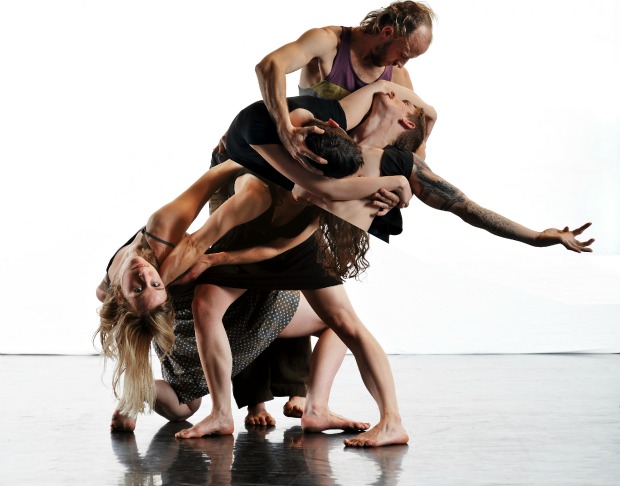 For example, if its mission is to further the endeavors of women, tell them if you’re the first woman in your family to go to college.
For example, if its mission is to further the endeavors of women, tell them if you’re the first woman in your family to go to college.
Most grants ask for the following: proposal summary (a brief description of your objectives), an introduction to your organization (bios of members, goals, philosophy), problem statement (what you will overcome with the grant), project objective (your goals), project methods (specific tasks that more money will allow), project evaluation (what criteria you use to determine success), future funding (expected sources of money after the grant is received), and a proposal budget. If this seems daunting, there are many people who make a living writing grant proposals.
Online Resources: foundationcenter.org offers grant-writing classes and research libraries across the country; guru.com is an online database of grant writers.
Advertise performances
Buying an ad for your first few shows is “a chunk of change that’s not necessarily going to come back to you in ticket sales,” says Bauch.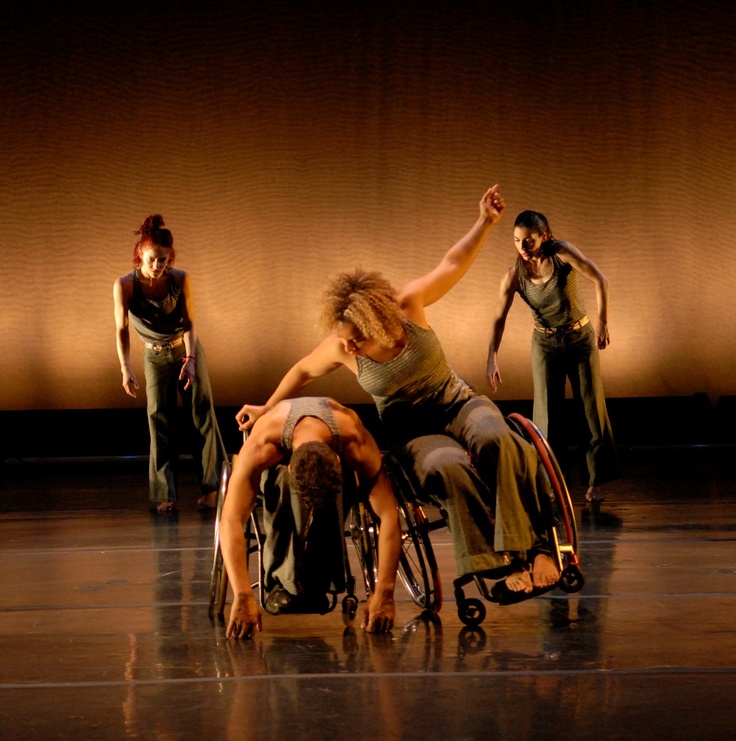 Instead, she recommends making postcards that you can mail to friends and family, hand out to colleagues and leave at dance studios. Postcards should have a compelling photo of your work, the name of your company, performance dates, times and venue, your contact info and price of admission. If nothing else, send a blast e-mail a few weeks before your show with the same info in it to everyone you know.
Instead, she recommends making postcards that you can mail to friends and family, hand out to colleagues and leave at dance studios. Postcards should have a compelling photo of your work, the name of your company, performance dates, times and venue, your contact info and price of admission. If nothing else, send a blast e-mail a few weeks before your show with the same info in it to everyone you know.
Online Resource: Order inexpensive customized postcards from postcards.com.
File for nonprofit status
Having 501(c)3 (or nonprofit) status means your company is exempt from some federal income taxes, and donations to your company can be deducted. Getting nonprofit status is not simple. Most applicants hire a lawyer because of the extensive legal paperwork. You must prove that your company betters the community; establish an advisory board; set up a separate banking account; take out liability insurance; pay a lot of money, spend between six months and a year working on the application; file annual reports and be directly responsible to the IRS.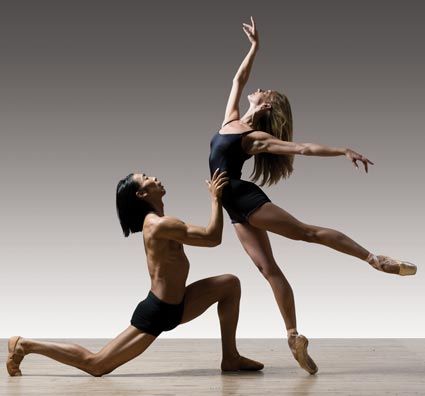 The benefits of nonprofit status are that you become eligible for more grants and you can receive tax-deductible donations, which will encourage more people to give you money.
The benefits of nonprofit status are that you become eligible for more grants and you can receive tax-deductible donations, which will encourage more people to give you money.
Another option is finding a fiscal sponsor, such as The Field. A sponsor will either take a percentage of the funds you raise or charge a flat rate, but in exchange, sponsored companies are allowed to apply for grants that otherwise require nonprofit status, and receive tax-deductible donations. Essentially, you’re getting the same financial benefits as being nonprofit without the headaches. You know you’re ready for nonprofit status when you’re able to raise so much money that the percentage or fee paid to your fiscal sponsor is no longer worth the benefits.
Online Resources: Dance/USA, danceusa.org, is a national service organization for professional dancers; The Field, thefield.org, has satellite sites across the U.S.; Volunteer Lawyers for the Arts, vlany.org, can help during the nonprofit filing process.
Starting a company can be daunting, but remember: Every great company started out small, just like yours! (Paul Taylor used to cut his dancers’ hair on the road!) So gather some friends and collaborators, get on your computer and jump in feet first.
Steps to Take to Start a Dance Company | Small Business
By Regina Anaejionu
Since you have a passion for dance, you most likely have already narrowed down the focus of your dance company to one or two dance styles. Effective planning will help you develop the concept of your dance company further by deciding what it represents and what its purpose is. After you’ve established an appropriate name for your company and carefully screened any instructors, choreographers and dancers to ensure that their passions complement those of your dance company, you are ready to begin the planning process.
Write a Business Plan
-
Construct a business plan that details your mission, projected financials, analysis of the market and future goals.
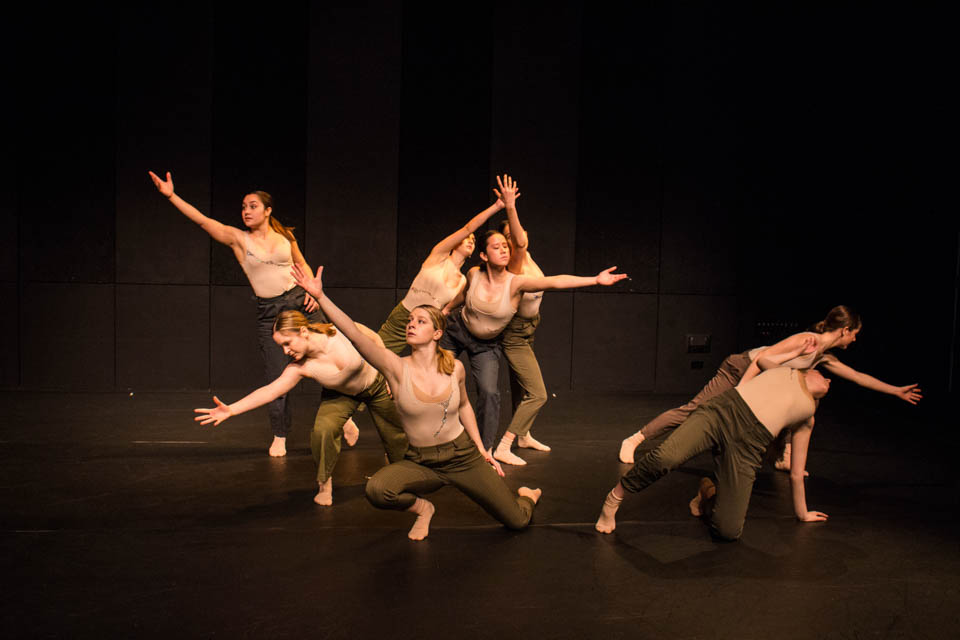 Include your plans for obtaining funding for your company and your chosen organizational structure. Reach out to similar business owners for assistance; individuals who run dance companies in different states may be willing to help mentor you through the start-up phase. Additionally, the U.S. Small Business Administration provides many helpful resources regarding writing effective business plans.
Include your plans for obtaining funding for your company and your chosen organizational structure. Reach out to similar business owners for assistance; individuals who run dance companies in different states may be willing to help mentor you through the start-up phase. Additionally, the U.S. Small Business Administration provides many helpful resources regarding writing effective business plans.
Select the Best Business/Organization Structure
-
Determine whether you wish to be a for-profit business or a nonprofit organization. Revenues for dance companies can be low in the formative years, which may make a nonprofit business structure more attractive. You can raise funds through performances, ask for donations and perhaps even qualify for private or state grant money for your dance company.
Analyze Your Competition
-
Research other dance troupes and performance companies in your locale and surrounding areas. Review their websites and performance schedules to understand their target market and identify any practices they employ that may help you as you form your company.
 Consider organizing joint performances with dance companies that offer different styles/themes so that you can pique the interest of each others' fans.
Consider organizing joint performances with dance companies that offer different styles/themes so that you can pique the interest of each others' fans.
Encourage Sustainable Growth
-
Create a budget that includes salaries for your instructors and dancers; they will be more dedicated and reliable. For start-up companies and nonprofits, it may be difficult to find funds to pay yourself or anyone else; however, loyalty will increase when you make the effort. Although the amount may not be much at first, it shows your appreciation for the long hours and physical effort they put in weekly on your behalf.
Obtain Initial Marketing Materials
-
A website is an absolute must for your dance company so that potential fans can see videos of past performances, information on your vision and mission, and a calendar of future events. Consider investing in business cards, brochures and promotional swag that you can leave at dance studios, galleries and community venues.
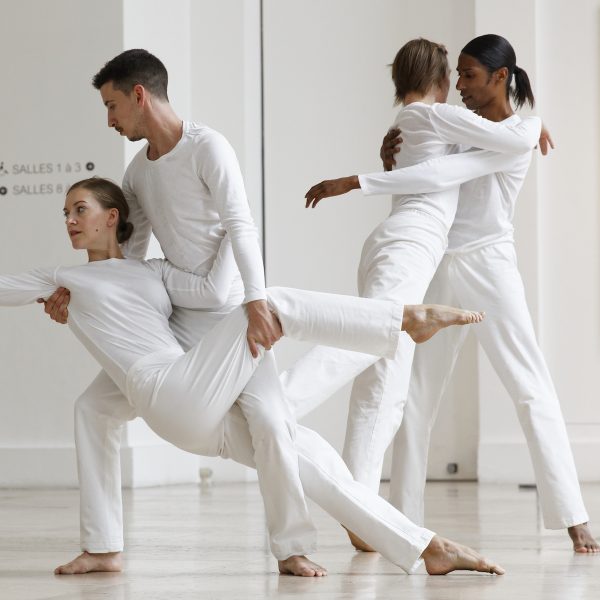
Launch
-
Your dance company’s launch can be one of many things. Consider organizing a fundraiser for your company, offering a free community performance, participating in a larger event such as a concert or fashion show, or hosting a charity event and donating the proceeds to the charity of your choice. When you’re first starting out, it may be necessary to perform for free in order to build a loyal following. As your reputation grows, you will be able to start charging fees.
Involve the Community
-
Engage your community via social media sites with pictures and videos of performances, articles on dance and company news. Poll your audience and ask them what they’d like to see you do next or what dances they enjoyed most from your last show. This helps you figure out what styles or shows are most popular. Your dance company can adhere to the age-old economic principle of supply and demand by taking surveys to figure out demand trends.
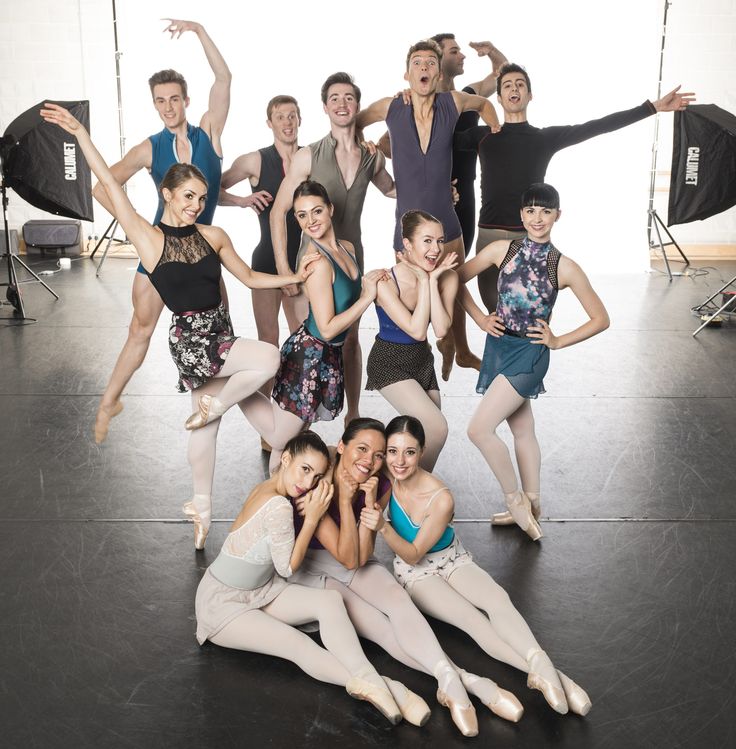
References
- U.S. Small Business Administration: Templates for Writing a Business Plan
- U.S. Small Business Administration: Finding a Niche: Make Your Business Plan Stand Out
Resources
- "The New York Times"; First Steps and Leaps of D.I.Y. Dance Company; Julie Bloom; September 8, 2008
Writer Bio
Regina Anaejionu has a background in retail and office management. She currently owns an event planning and marketing business, and works regularly with nonprofits, artists and other businesses. Anaejionu has been writing and editing educational and fun material since 2006 and studied marketing at the University of Texas at Austin.
where to start and how to name a dance school
Opening a dance school
Dancing is an inexpressible pleasure, a toned figure, excellent mood and positive energy that fills a person. Today, both children and adults are enrolled in school and are engaged in modern and classical dances with experienced teachers.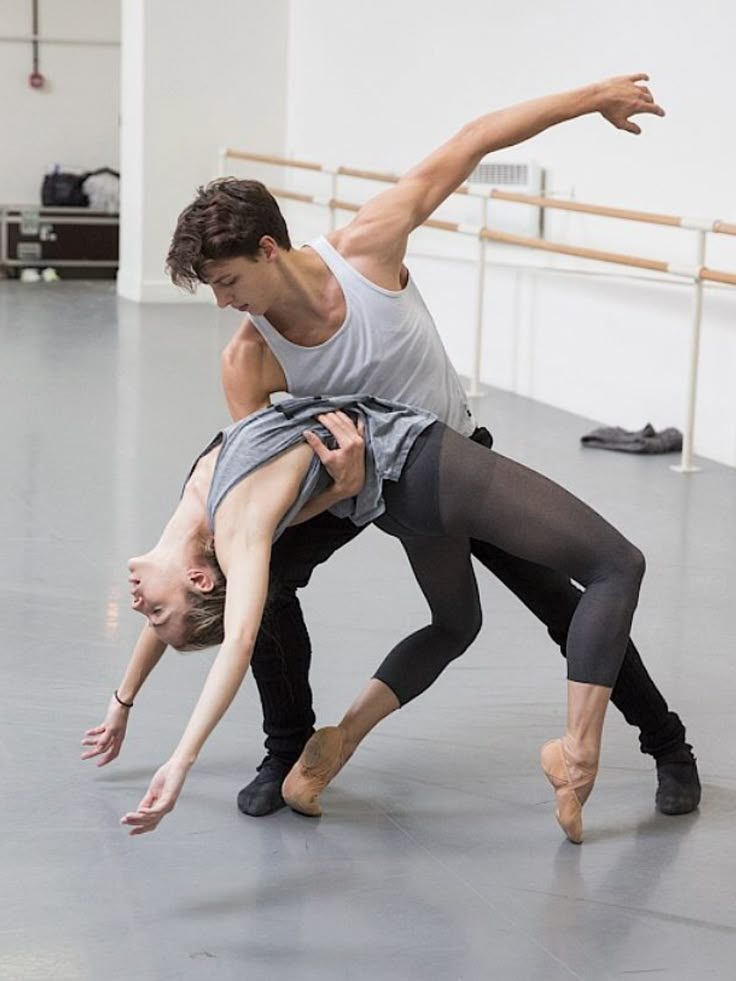
Salsa, Latina, hip-hop, and classical music are considered the most popular among the many directions. Therefore, today many experienced teachers are thinking about how to open a dance school. It is not difficult to build your own business, but is it possible to speak with confidence about its prospects?
Contents
- How to open your own dance school quickly: what it takes
- How to open a profitable dance school: finding teachers
- What do you call the boat...
- Advertising company: how to open your own dance school
- Dancing for children
- Business is business
How to quickly open your own dance school: what it takes
Opening a dance school is essentially no different from organizing any other business. It also requires calculations and investments. You need a good team and a development plan. First you need to answer the question: how much will your services be in demand in the place where you plan to start your business. If there are already dance schools or dance groups in your city, it is worth considering how exactly your school will differ from the rest. You must formulate a competitive offer in order to attract customers.
If there are already dance schools or dance groups in your city, it is worth considering how exactly your school will differ from the rest. You must formulate a competitive offer in order to attract customers.
If you are looking for a detailed plan on how to open a dance school, we recommend that you take the advice of experts:
- The first step is to decide on the style of dancing. To do this, we take into account not only personal interests, but also the needs of potential customers. You should start monitoring the service market before you open your own dance school. After that, you will be able to determine the circle of your students. Classical dances, salsa are suitable for people of all ages, so there will always be many customers. Such youth trends as hip-hop, breakdance, go-go will attract children and teenagers.
- Selecting a suitable room. Not every businessman who is interested in how to open a dance school is ready to shell out a whole capital for the purchase of his own separate premises.
 Therefore, at first you will need to rent a dance hall inexpensively until you earn a serious reputation and gain regular customers. Today, the rental market has a huge selection of spacious, bright rooms with all the amenities for a comfortable workout. High-quality flooring, air conditioning, full-wall mirrors - look for a suitable option in advance before opening a dance school. A convenient place in a residential area should be close to transport stops.
Therefore, at first you will need to rent a dance hall inexpensively until you earn a serious reputation and gain regular customers. Today, the rental market has a huge selection of spacious, bright rooms with all the amenities for a comfortable workout. High-quality flooring, air conditioning, full-wall mirrors - look for a suitable option in advance before opening a dance school. A convenient place in a residential area should be close to transport stops.
If you are renting space in a residential building, it would be a good idea to get the approval of the tenants. Neighborhood with loud music, constant vibration, not everyone will like it. And, even if such approval is obtained, you still have to ensure good soundproofing of the room. This may require additional funds.
Advertising company: how to open your own dance school ↑
To get started, create your own website where potential clients can get all the information they need about the school, schedule, coaching staff, and tuition fees.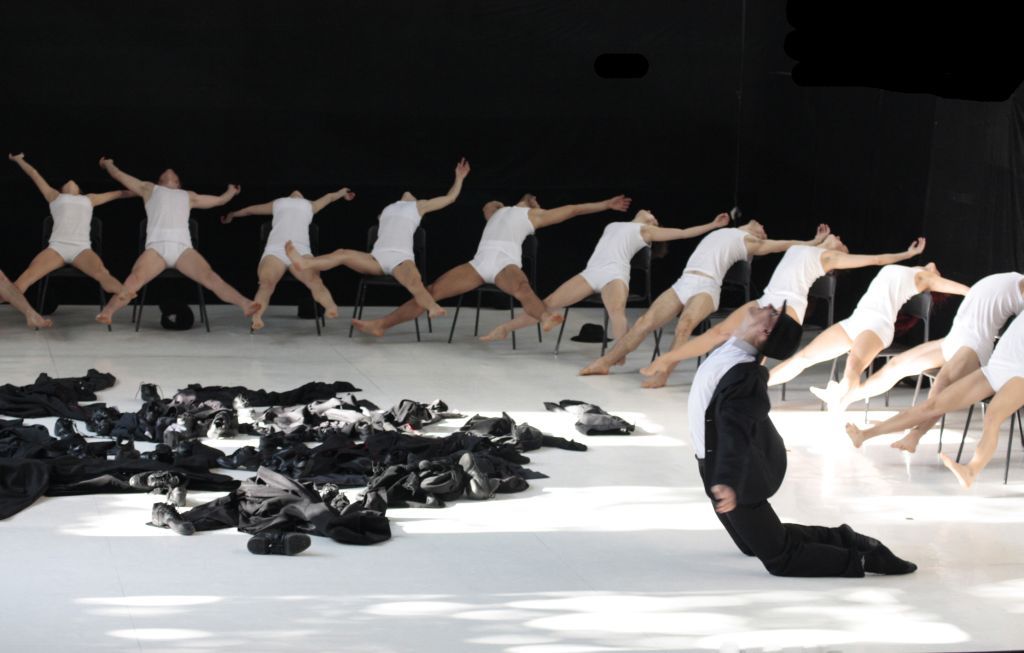 This is how photos and videos with illustrative examples should be - this will help to attract and interest students. Advertising through social networks works effectively. Take advantage of the media, organize a leaflet distribution on the street, and your dance business will be an incredible success.
This is how photos and videos with illustrative examples should be - this will help to attract and interest students. Advertising through social networks works effectively. Take advantage of the media, organize a leaflet distribution on the street, and your dance business will be an incredible success.
How to Start a Profitable Dance School: Finding Teachers ↑
If you want your dance business to flourish, you should look for experienced trainers who have won prizes at prestigious festivals and competitions, and also have a good reputation. Before you open your own dance school, you need to study the information on thematic sites. The rating of professional dancers and coaches will help you make the right choice. After all, the success of your project will depend on the charisma and skill of the teachers.
By the way, many professional choreographers teach at universities in theater and dance. Offer them the opportunity to work with you on a shared schedule. After all, most of those “stars” of the dance floor that you intend to contact, focusing on reviews and forums, are their former students and they got into the dance show business also thanks to them.
After all, most of those “stars” of the dance floor that you intend to contact, focusing on reviews and forums, are their former students and they got into the dance show business also thanks to them.
What do you call the boat... ↑
The name plays an important role in creating the image of a dance school. If you don't know what to call a dance school yet, it's okay. There is no need for haste in this matter. Many leaders choose thematic names, one way or another connected with dances, and there are many who want to give their own name to their own dance school.
You can follow their lead, or choose your original name. The main rule is that the name of your offspring should be euphonious, bright, memorable and “dancing”.
Dancing for children ↑
Recently, more and more parents pay attention to the physical and aesthetic development of their children. Art and music schools do not know the lack of students. As for dance schools, they still do not have the status of institutions of additional education. After graduating from an art or music school according to a program that has a clear course and deadlines, you can continue your studies at another level. In dancing, however, such results have not yet been achieved. The exception is ballet schools, whose teams subsequently work in theaters.
After graduating from an art or music school according to a program that has a clear course and deadlines, you can continue your studies at another level. In dancing, however, such results have not yet been achieved. The exception is ballet schools, whose teams subsequently work in theaters.
Working with children has its own peculiarities and limitations. This applies to the arrangement of the premises, and the distribution of classes, and the actual educational program. Therefore, if you are wondering how to open a dance school for children, first read all the requirements.
Supervisory organizations always have an increased interest in children's institutions, and therefore you will have to resolve all issues, even those that at first glance seem insignificant. For example, the arrangement of a fire exit or the condition of common rooms.
Business is business ↑
No matter how creative you are, when it comes to the prosperity of your own school, which should at least pay back the money invested in it, this is entirely your concern. If you feel that you are not coping with the tasks of the manager, hire a specialist to solve economic issues. So you can practice the art of dancing without being distracted by trifles like maintenance or purchasing consumables.
If you feel that you are not coping with the tasks of the manager, hire a specialist to solve economic issues. So you can practice the art of dancing without being distracted by trifles like maintenance or purchasing consumables.
By the way, if you plan to expand the school with additional branches, you will also have to worry about recruiting staff for each of them. And the position of the manager should not be the last in the list of the most necessary. This person may not understand the styles and directions of dance at all, but he must be a good business executive and a reliable worker.
The same applies to the financial side of the issue. Relations with the tax office, reports and declarations, budgeting and other material issues are also best left to a professional. Otherwise, your theoretically profitable business can easily become a financial burden.
How to open a dance school from scratch - an idea for business 2022
A dance school as a profitable business idea
Dancing is one of the most popular hobbies in the world.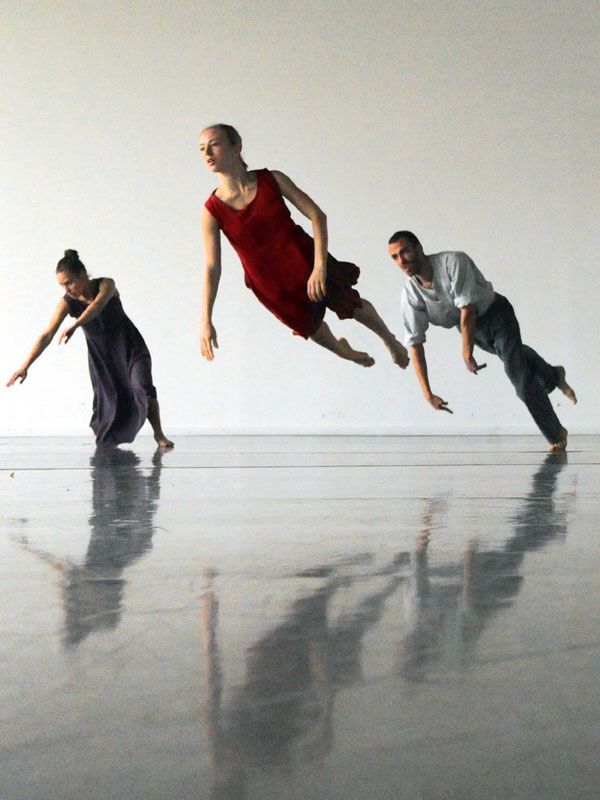 There is no limit to self-improvement in them, children and adults are happy to do them almost all their lives. By opening a dance school, you will get a permanent audience and a stable income.
There is no limit to self-improvement in them, children and adults are happy to do them almost all their lives. By opening a dance school, you will get a permanent audience and a stable income.
The cost of implementing a business idea and the profitability of dance schools
It is profitable to open a dance school in a large city, such as Yekaterinburg. There, it is able to bring from 50,000 ₽ of profit per month and pay off in 10 months. To increase income, you can hold thematic seminars, take orders for staging individual dances.
Expenses for opening a dance school in Yekaterinburg:
| Expenses | Amount, ₽ |
| Opening IP | 10 000 |
| Repair and preparation of halls | 250,000 |
| Purchase and installation of equipment and furniture | 90 000 |
| Advertising campaign | 150,000 |
| Total | 500 000 |
Monthly expenses:
| Expenses | Amount, ₽ |
Rent of halls for classes from 125 sq.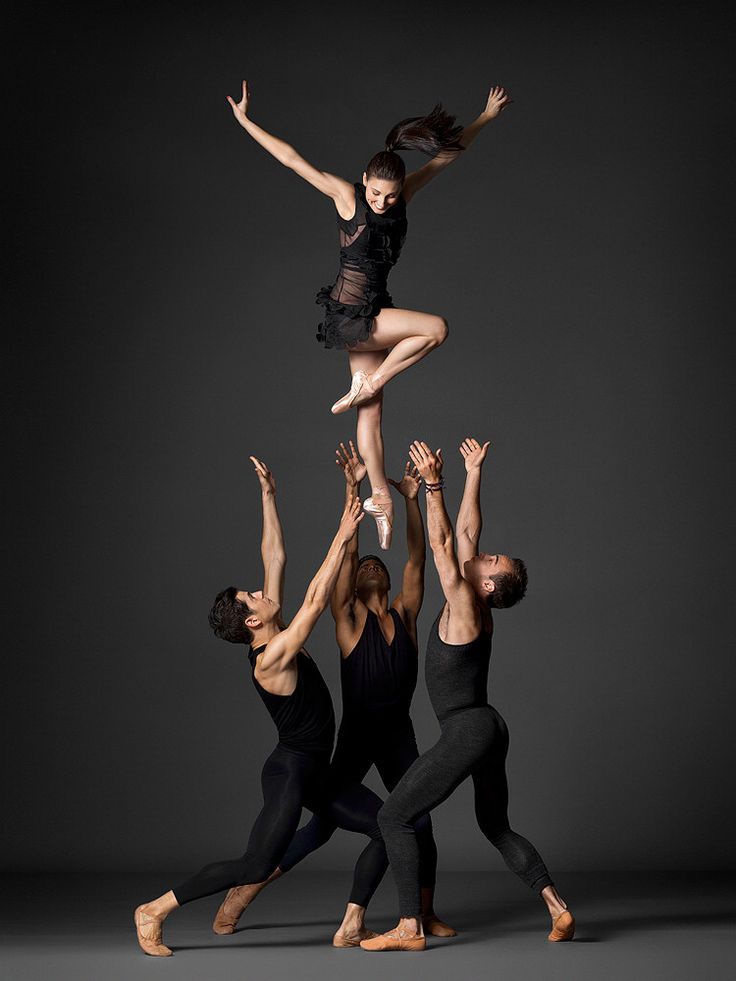 m. m. | 70 000 |
| Staff salary, minimum | 100,000 |
| Taxes, utility bills | 20 000 |
| Advertising, organizational and other expenses | 10 000 |
| Total | 200 000 |
Consider buying a franchise
Franchise "Vita Spa & Beauty" - SPA salon
1 570 000 ₽
Rating
Profit On request
Payback 7 months.
All franchise offers in this area (1)
What you need to open a business and run a school
You can register a dance school as an individual entrepreneur on the USN or UTII, indicating OKVED 92.34.2. Licenses and CCP are not needed for work, but you will need:
- Obtain an IP certificate
- Obtain permission to open a school and place a sign in the city administration
- Agree on the possibility of operating the premises in Rospozharnadzor, SES
- Enter into contracts with the landlord and employees
Coaches working with children need medical books with notes on medical examinations passed on time.
Requirements for the premises
It is better to open a dance school in the central area, close to major transport interchanges or in residential, densely populated areas where many adults live with children of different ages. Strict requirements are imposed on the premises:
- The presence of halls with an area of at least 80 square meters. m
- Arrangement of ventilation and air conditioning systems, bathrooms, shower cabins
- Establishment of separate dressing rooms - men's and women's, at least 10 and 15 sq. m respectively
- Allocation of a hall and a recreation area with a size of at least 20 sq.m
You can rent an already prepared room in specialized fitness and business centers, but the rental price will be higher than for an unequipped hall.
Preparing the halls and rooms for work
The practice halls need to be repaired:
- Lay a safe floor covering (dance parquet, board)
- Make cosmetic repairs, hang mirrors throughout the wall
- Equip halls with ballet bars, poles and other devices for selected types of dances
- Place musical equipment, hang speakers
- Equip locker rooms with hooks or lockers, benches, put upholstered furniture in the recreation area, and an administrator’s desk at the reception
Staff
Good trainers are the defining factor for a dance school.










